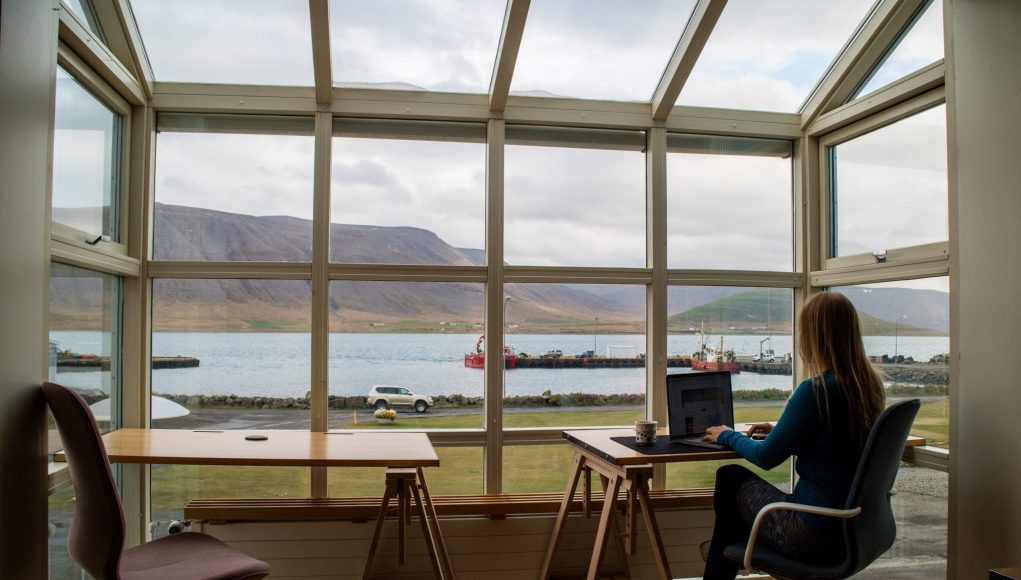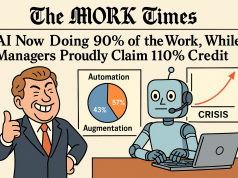[ad_1]
The knowledge economy office workplace got a sudden shake-up over the past year plus. At its peak, not that long ago, the pre-vaccinated office-based workforce was functioning more from home than from the traditional office, approximately ten times more so than pre-pandemic rates. According to the University of Chicago, as recently as March 2021 45% of work services were still being performed in home environments. This begs the question, is office work going to snap back to the way it was with workers committing to long hours away from family spent in bustling office buildings arrived to via thick commuting traffic? And if so, why?
Whether or not the Covid pandemic has unwittingly ushered in a paradigm shift in how work is dispensed over the long term is yet to be determined. It will certainly be one of the interesting trends to observe over the next few years. At present, a look at some of the currently available, albeit sparse, indicators seem to show some degree of change in how work operation is conducted may be with us for the foreseeable future.
It is fair to assume most management desire a return to normal times, during which management practices they were accustomed can be resumed. If there is to be a more permanent realignment to include more flexibility such as remote work activity it probably will not willingly come from supervisors. To dust off that old business expression from the 20th century, it will come from the rank and file.
A Microsoft WorkLab report from earlier this year reveals some pertinent findings. Nearly three quarters of employees wish for an option to work remotely. Although remote work has its downsides, enough workers have experienced that productivity can still be maintained by way of technological means in a comfortable environment with less stress and less exhaustion. Demand for a more permanent flexible, distributive, blended, or hybrid production model has arisen among office employees according to this report.
Older Gen Z and younger Millennials form a cohort that may be informative here. Living and working from devices is second nature to them. It is reasonable to expect the momentum for more flexibility will come from them. If their resumes and LinkedIn profiles start showing more quantifiable accomplishments derived from working remotely they will be communicating not only that they can do it, but that they want to be hired for positions honoring such skills. Balancing productivity with wellbeing in the modern era will only grow as a necessary calibration and younger workers are likely to show the way in the context of adaptable workstyles.
Business need not be driven into this transformation kicking and screaming. Signs are emerging among C-levels showing a recognition of the likely changes to come. A Work Trend Index survey conducted by Edelman Data & Intelligence discloses that 66% of business leaders are contemplating refashioning office space to allow for more flexibility. Reasons are twofold. As implied earlier, the workforce appears to be increasingly desirable of workplace flexibility. This could likely become an incentive for luring needed talent not wanting to be bound by traditional institutional rules. Additionally, business is identifying some benefits as a result of the Covid-induced remote working experiment in terms of lower overhead, as reported by NPR, and increased productivity, as claimed by Harvard Business Review.
It is likely multiple variations on a hybrid model will become established moving forward that incorporate combinations of conventional office-centric requirements with increased distributive or remote work options for employees. Although no one could have reasonably predicted that a congruence of modern communication technologies with a global pandemic would steer this trend, the result could ultimately be a boon for workers and their bosses. Let us hope employers give such changes serious consideration.




























